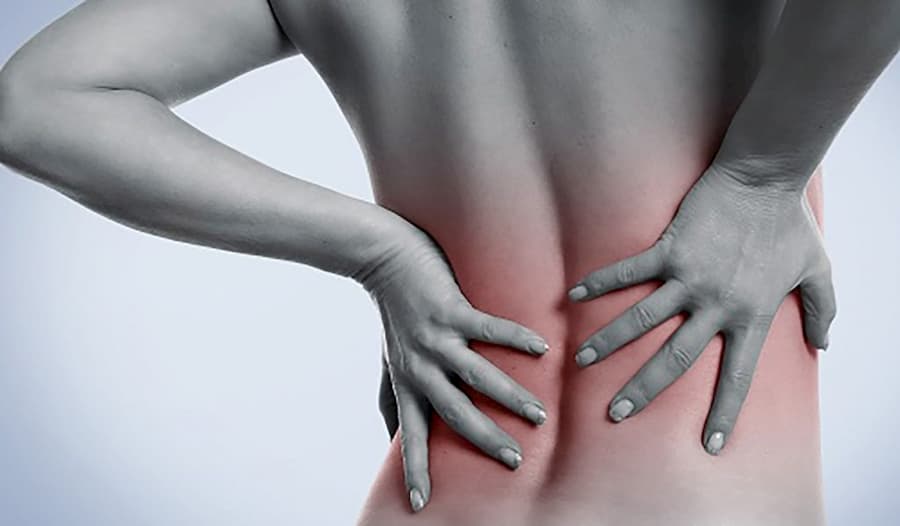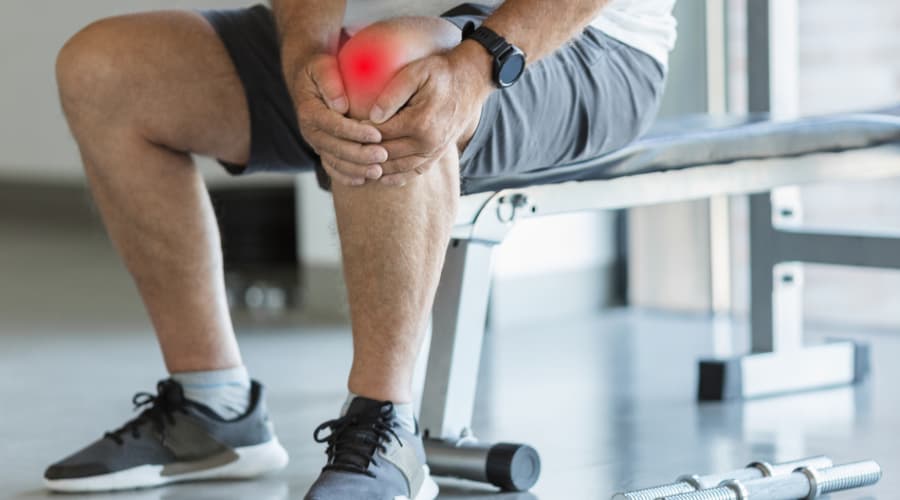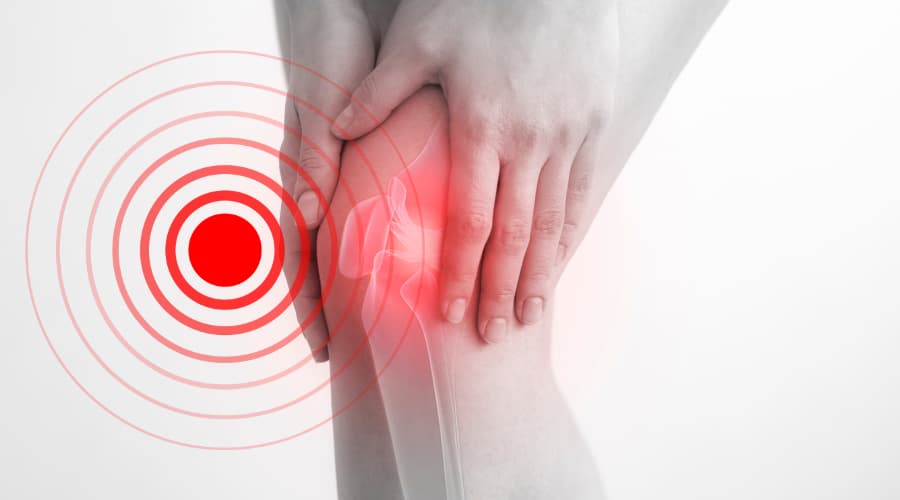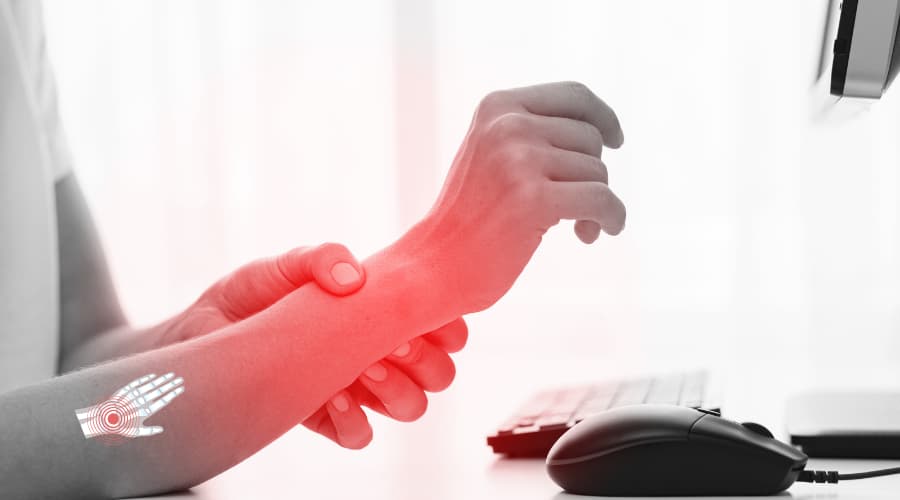Sports massage involves the manipulation of the muscles, connective tissue, and tendon fascia. This type of massage is usually carried out to relieve tension and restrictions from repetitive and ardent physical exercises.
Typically, the general output of an athlete is significantly based on bodily wellness. However, this massage is not meant for athletes only. It can be used as a treatment for those requiring soft tissue mobilization or remedial therapy.
For the athletes, sports massage can be included in the training program to maximize their outputs. The most popular and effective types of sports massage to apply are effleurage, kneading, wringing, hacking, and trigger pointing.
In this article, we will discuss many of the above types of sports massages. The article will include the physiological effects of various sports massages, their benefits, and the various body parts they treat.
Sport Massaging Techniques
Effleurage
This is a sport massaging technique that is used when beginning a massage treatment. It is performed with light pressure using fingers and flat hands on various parts of the body. The massage helps in increasing blood flow towards the heart as the strokes increase the soft tissue’s temperature.
Effleurage stimulates the lymphatic system, which is responsible for transporting lymph fluid across the entire body. Thus, this massage is applied upwardly towards the lymph nodes to improve their functioning.
The technique is widely applied for therapy, performed at a slow pace to reduce tension and decrease stress. Some of the instances at which effleurage is performed include:
- Stimulate relaxation; when performed slowly, effleurage stimulates the nervous system to release positive hormones, thus increasing temperature. This, in turn, lowers the heart rate and stimulates relaxation.
- Reduce stress; different types of strains are related to either emotional or physical activities. After an effleurage, the body feels relaxed, thus alleviating any stress in return. This is also applicable in improving mood and emotions.
- Post-surgery; after surgery, some lymph nodes are either removed or damaged, thus affecting the functionality of the lymphatic system. Effleurage can be performed in these areas to improve the lymph flow.
Physiological Effects of Effleurage
Effleurages have many physiological effects on the body. This massage increases endorphins, serotonin, and dopamine, lymphatic drainage, and venous return. Endorphins, serotonin, and dopamine are released when the body is relaxed.
In the case of a broken lymphatic system, effleurage effectively flushes away toxins by stimulating the lymphatic system. It is also used to improve blood circulation, which is the venous return.
Benefits of Effleurage
- Promoting soft tissues recovery
- Increasing general body wellness
- Producing relaxation
Body Parts Where Effleurage is Performed
The most common body parts where effleurage is applied include arms, upper back, lower back, thigh, and calf. However, the messages are equally important for other parts of the body.
Kneading
Kneading as a sports massage involves lifting, rolling, and squeezing the soft tissues compressively. This type of massage is performed with deep pressure, which is capable of compressing the underlying muscles.
This deep pressure breaks down and realigns the muscle fibres, thus relieving restrictive tissues while decreasing pain and increasing movement. Kneading is applicable in the circumstances such as:
- Treating high tone in muscles; when the muscle is at rest, the nervous system increases the excitatory messages causing the body to develop a kind of tension called an increased muscle tone. Kneading relaxes the tissues while increasing their temperature, thus creating a high muscle tone.
- Treating tight muscles; tight muscles are usually caused by cold muscles, increased muscle tones, low blood circulation, among others. Kneading produces some friction with the skin, thus increasing its temperature. This, in turn, relaxes and loosens the muscle fibres to improve movement. Kneading is also applied to knots and adhesions to break them and align the fibres.
- Enhancing relaxation; kneading is also applied in therapy to stimulate the nervous system and produce a kind of calmness. This calmness and relaxation relaxes the muscle pains and pressures
Physiological Effects of Kneading
Kneading comes along with lots of positive effects on the body. For example, it stimulates the increase of capillaries in the blood. The friction that results from the massage improves capillarization, which improves blood flow on the massaged area. An increase in capillaries also increases the oxygen and nutrients, thus maintaining healthy muscles.
This massage enhances vasodilation, a process in which the blood cells widen. This condition is caused by the exact mechanism that causes capillarization. The two approaches are essential in improving cellular exchange.
Kneading also increases the muscle tissue’s elasticity, thus improving the flexibility of the muscles. The massage stretches the muscle fibers, which causes muscle spindles. As more tissues are stretched, more muscles spindle to adapt to the size of the new muscle.
Benefits of Kneading
- Treating muscle tension
- Increasing muscle flexibility
- Relieving muscle pains
- Stimulating relaxation
Body Parts Where Kneading is Applied
Kneading is commonly performed on the neck, shoulders, upper and lower back, thigh, and calf. However, the technique is also effective when applied to other body parts.
Wringing
Wringing involves manipulating the tissues by lifting them and wringing them from one side to the other. This helps in compressing and lifting the soft tissues inside the underlying structures. This sports massage helps stimulate the skin, improve waste products elimination, and increase the tissues’ elasticity.
Wringing is applied in the following circumstances:
- Treating tight muscles; tight muscles are caused by poor posture and emotional stress, and they usually cause the fibres to stiffen, thus limiting movement. Wringing increases the temperature of the involved soft tissues, increases the blood flow and removes toxins to release this tightness.
- Stimulating relaxation; by increasing the soft tissues’ temperature, wringing stimulates the parasympathetic nervous system. For this reason, the body produces and releases good hormones such as dopamine, endorphins, and serotonin, responsible for the calmness and relaxation of the body.
- Post-event massage; wringing is sometimes used as a post-event massage to help in removing toxins such as lactic acid. Naturally, muscles will not be able to flush out these toxins by themselves. Thus, wringing is applied to assist in removing the waste by increasing the permeability of the involved tissues.
Physiological Effects of Wringing
Wringing, like a sports massage, has tons of physiological effects on the body. First, by increasing the soft tissues’ temperature, wringing helps in improving capillarization and validation. This, in return, relieves muscle pains and stimulates general body relaxation.
In addition, the massage increases the venous return, thus improving blood flow. This, in return, increases the body’s metabolism and improves the tissues’ conditions.
Benefits of Wringing
- Improving body recovery
- Stimulating relaxation
- Reducing DOMS, Delayed Onset Muscle Soreness
- Relieving tight muscles
Body Parts Where Wringing is Applied
Wringing as a massage is widely applied on parts like shoulders, arms, lower back, thigh, and calf. However, the technique is also effective on other parts of the body.
Hacking
The massage is performed by moving the sides of the hands in a light and faster manner, whereby the muscles are stroke by the sides of both hands. This stimulates the nervous and blood circulatory systems on the large muscles. In addition, hacking is sometimes used with other percussion massages.
Hacking is widely performed in the following instances:
- Pre-event; hacking is usually applied as a pre-event massage, maybe before a workout, competition, or sporting event. Pre-event massages aim to increase blood flow, improve muscle elasticity, and prepare an athlete for a particular event. This massage also warms up the muscles in advance of the exercise.
- Releasing high muscle tone; hacking is widely performed to treat hypertonia, a low muscle tone condition. The condition involves reduced tension and resistance on the muscles. Hacking stimulates the particular muscles’ nerve endings, thus contracting the muscles to increase their tone and resistance.
Physiological effects of hacking
Hacking warms up the muscles before activity. The massage increases the soft tissues’ temperature by stimulating the temperature micro receptors. This, in return, warms the muscles to improve the performance on the upcoming event while preventing injuries. By increasing vasodilation, hacking assists more oxygen to flow in the blood, thus putting the muscles in a ready state.
The massage also improves the muscles’ flexibility by increasing the elasticity of the tissues. The pressure applied when hacking helps in loosening and relaxing the muscles for better movement.
Benefits of Hacking
- Improving blood circulation
- Improving muscle sensation
- Treating low muscle tone
Body Parts Where Hacking is Applied
Hacking as a sports massage is commonly applied in body parts such as arms, upper and lower back buttocks, thigh, and calf. It can also be performed on other parts to stimulate the muscles.
Trigger Pointing
A trigger point is a term used to refer to a muscle knot, an area where high sensitive muscle fibres have contracted. These knots cause pain which varies in sharpness and intensity. Muscle knots halt the whole part’s or body’s functionality by causing weakness and spasm. These contractions develop on the soft tissues mainly due to post-surgery, over-exercising, and injury.
Thus, trigger pointing is used to alleviate the pains caused by trigger points. The massage is performed using thumbs and specific tools that are capable of applying direct pressure. This breaks the pain cycle, which builds up to contract the muscles. Trigger pointing is applicable in conditions such as:
- Acute pain is used to relieve the acute pain that builds up at the trigger points. Acute pins vary with intensity and duration, but they cannot last for more than half a year. By performing trigger pointing, the particular area’s blood flow is halted to cause cellular death. As the pressure releases, newly oxygenated blood occupies the ‘dead’ area, thus releasing pain.
- Chronic pain; chronic pains last for three to six months, caused mainly by irritating trigger points. Chronic pains usually result in muscle tingling, weakness, and stiffness, and they can be released by performing trigger pointing. The massage breaks the vicious cycle and stretches the trigger points to stimulate relaxation.
- Tight muscles; trigger pointing causes an autogenic inhibition, the muscle fibre’s reflex response to the supplied excessive tension. Muscle contraction and contraction releases the muscles’ tension, thus alleviating pain.
Physiological Effects of Trigger Pointing
Trigger pointing has numerous positive physiological effects. For example, it helps in increasing the blood flow in the applied area. The sports massage technique also helps in removing toxins like lactic acid from the muscles.
It also breaks down the soft tissues’ adhesion and scars, which develop in the healing process. These areas are usually rigid and restricted, but trigger pointing can be performed to relax and improve their flexibility. The pressure applied breaks the tissue fibres down and realigns them in a usual way.
Benefits of Trigger Pointing
- Decreasing muscle pains
- Relieving tight muscles
- Reducing muscle spasm
- Improving flexibility
Body Parts Where Trigger Pointing is Applied
The massage is usually applied on the shoulders, upper and lower back, buttocks, thigh, and calf. However, it is equally effective when applied to other parts of the body.
Conclusion
Sports massages are beneficial to athletes and people suffering from certain conditions such as hypertonia and chronic and acute pains. The techniques explained in this article will certainly prove effective for body relaxation, pain alleviation, among other positive effects. For maximum effectiveness, they should be administered by a registered sports massage therapist.
Related Articles
- Osteopathic Massage or Sports Massage
- Deep Tissue Massage & Sports Massage Information
- Sports Massage Benefits
- Joint Support for Summer Sport
- 7 Sporting Injuries Your Chiropractor Can Help With




